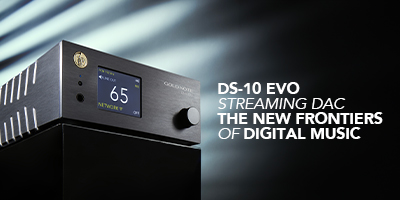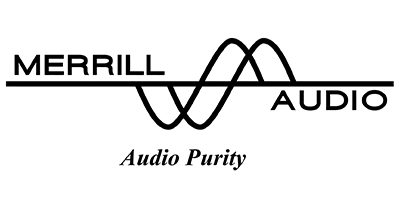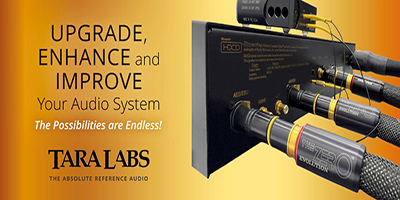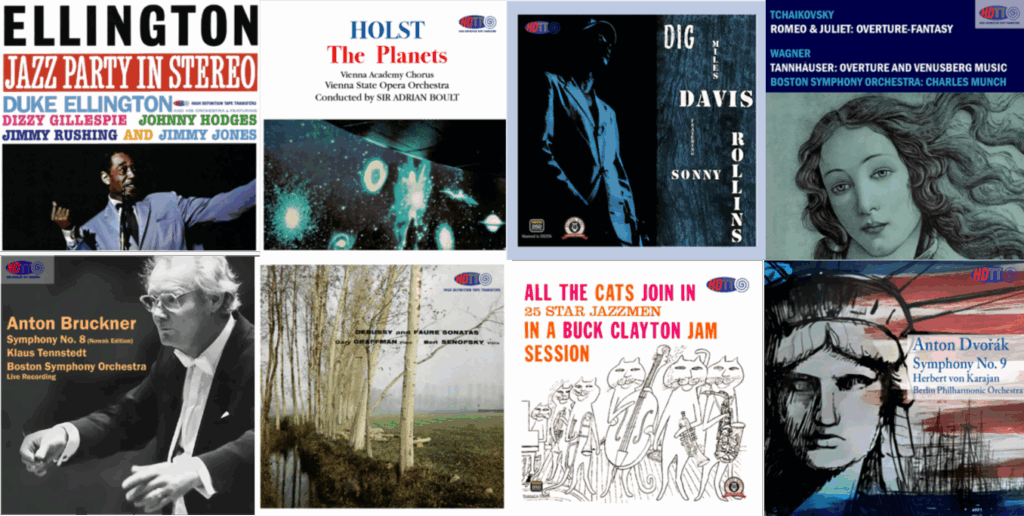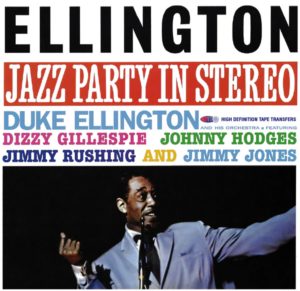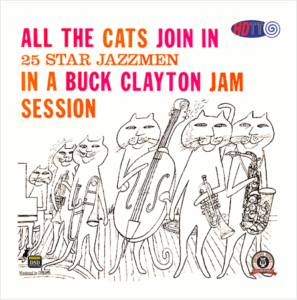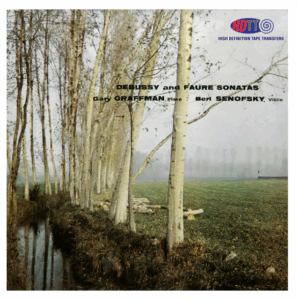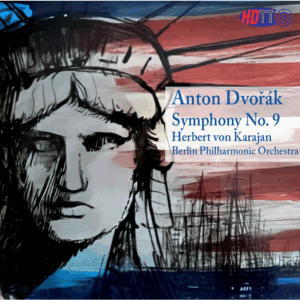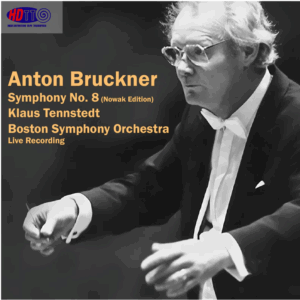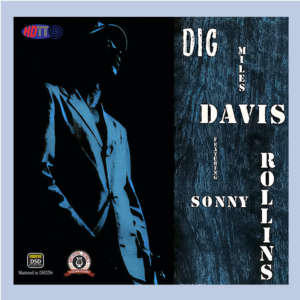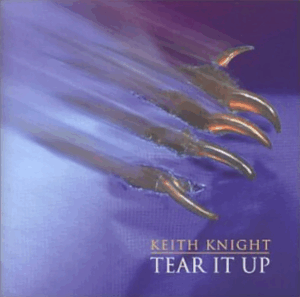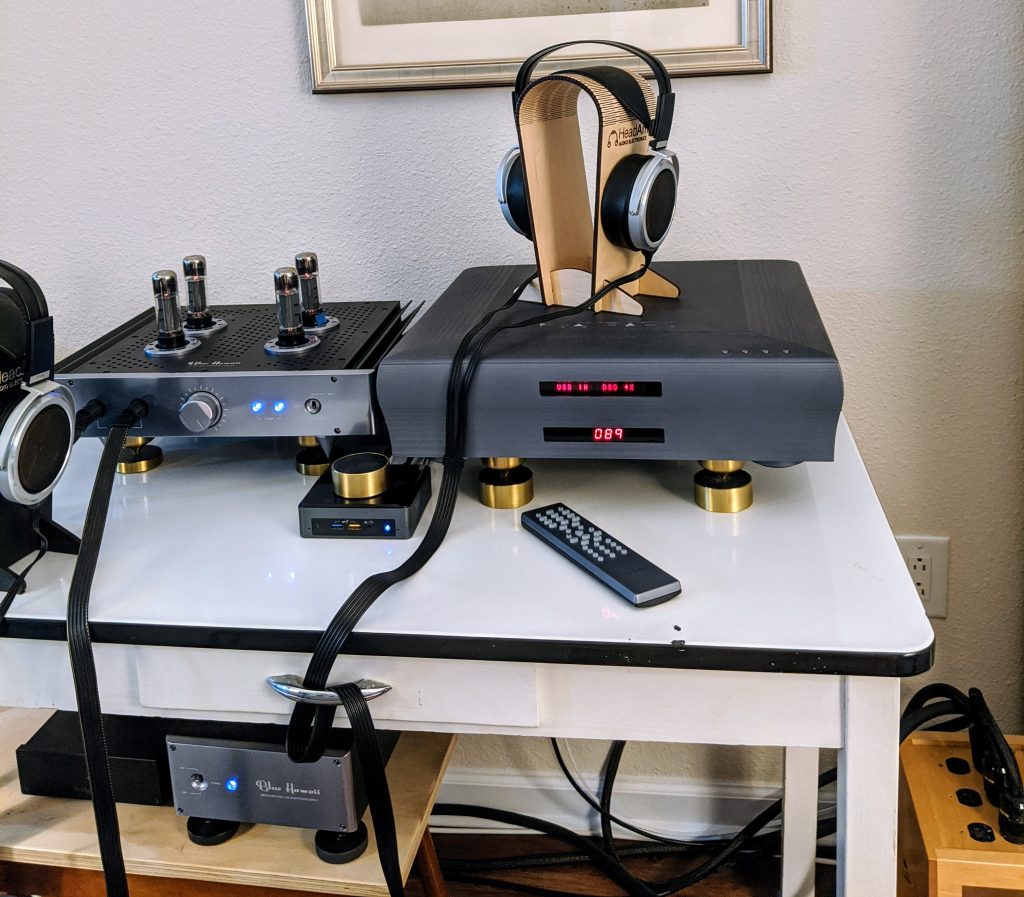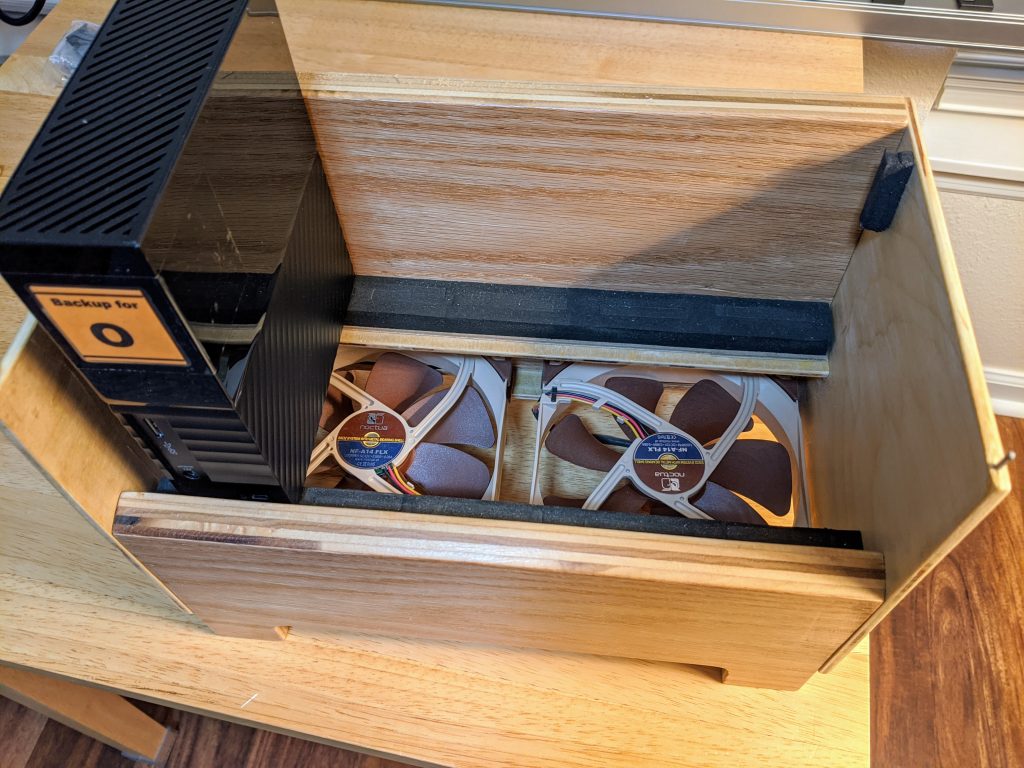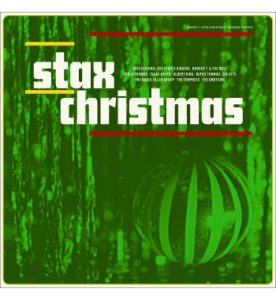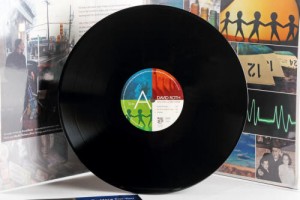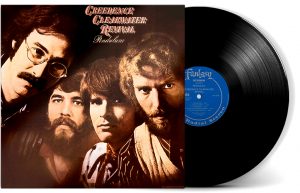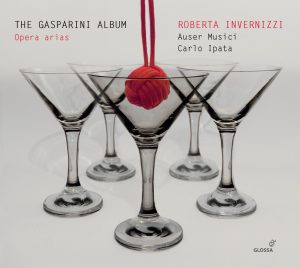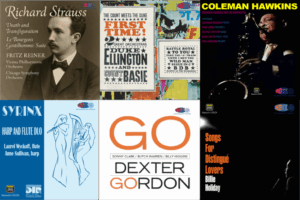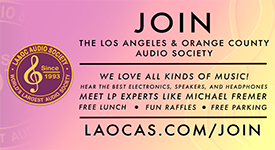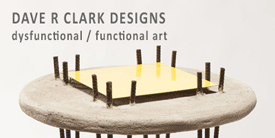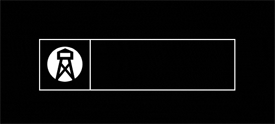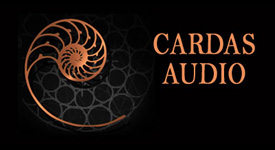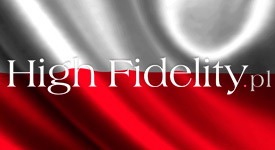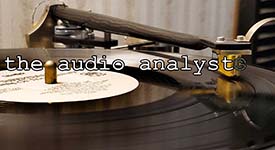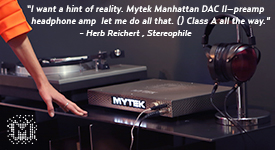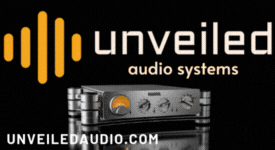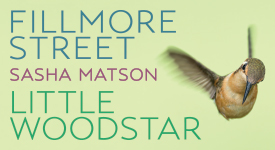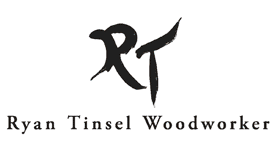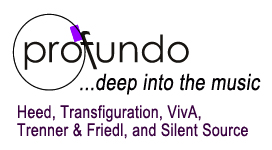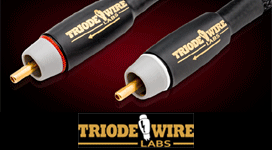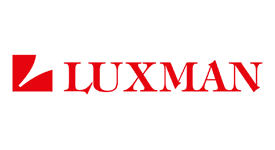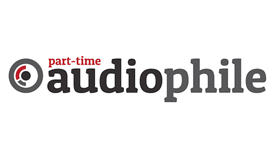High Definition Tape Transfers continues to strike gold with its releases. Here are some excellent new classical and jazz transfers, plus one folk music transfer of the fingerpicking guitar persuasion. Much good music and good sound to share in this Recent Notes. Enjoy
Ellington Jazz Party In Stereo, Duke Ellington and his Orchestra. HDTT 1959 2025 (DSD256, DXD) HERE
Wow… what a nice transfer and new reissue from HDTT. Just nice, nice, nice. Transparent, very detailed, lusciously analog-sounding. Just a great reissue of this album. Well done!
This is a classic example of Master Tapes, Shmaster Tapes, my friends. Not from the master tape, the transfer is from a 2-track tape, presumably 7.5ips but Bob doesn't say. And yet, oh my, this sounds great. I've never heard this album sounding better. (And, yes, that includes my memories of the 45rpm Bernie Grundman mastered ORG vinyl release that I so enjoyed on my vinyl shelves.)
Recorded February 19 and 25, 1959, in the Columbia 30th Street Studio, New York City, this album has long been at the top of audiophiles' charts for exceptionally great big band sound. And jazz fans have loved it, too. With great guest jazz players joining Ellington's group, like trumpeter Dizzy Gillespie and vocalist Jimmy Rushing, this is a great outing. With a 9-strong percussion section, Village Voice reviewer Gary Giddins stated that the percussion song Malletoba Spank "will rattle in your brain until you die." Yes, it will. And then Dizzy Gillespie's guest solo in U.M.M.G. will have you standing and clapping.
Just get this!
Tchaikovsky Romeo & Juliet - Wagner Tannhauser Music, Charles Munch, Boston Symphony Orchestra. HDTT 1957 2025 (DSD256, DXD) HERE
Ah, the great Charles Munch and his Bostonians in an excellent recording by Lewis Layton from 1957. Transferred from a 2-track tape this release has the analog magic of those excellent RCA Living Stereo recordings coupled with the open, airy, wide dynamic sound of a good reel-to-reel tape. Not 15ips? Well no, but that's a piffle when the results sound this good. And, yes, there's a bit of peakiness in the microphones, but that's in the recording, not an artifact of the source tape or transfer. Just get this and be transported to Symphony Hall.
Buck Clayton All The Cats Join In. HDTT 1953-1956, 2025 (mono, Pure DSD256) HERE
From 1953, 1955, and 1956, this transfer from a 15ips 2-track tape will make you wonder how little sound reproduction has advanced over 70 years. Yes, it is mono, but boy is it alive!
"If you want to hear some of the swing era's greatest musicians letting loose with high style and deep groove, All The Cats Join In is essential listening. It's warm, witty, and full of life, like crashing a party where every guest is a jazz legend." —Bob Witrak
And I totally agree. This is an amazing album.
Trumpeter Buck Clayton is joined by 24 fellow top tier jazz musicians in NYC, assembled by legendary Columbia Records producer John Hammond for a memorable set of recordings on December 16, 1953 (track 4), March 15, 1955 (tracks 2 & 5) and March 5, 1956 (tracks 1 & 3).
Artist(s): Trumpet & Cornet: Buck Clayton – trumpet (all tracks)
Billy Butterfield – trumpet (tracks 1 & 3)
Joe Newman – trumpet (track 4)
Ruby Braff – cornet (tracks 1 & 3)
Trombone: J.C. Higginbotham – trombone (tracks 1 & 3)
Urbie Green – trombone (track 4)
Henderson Chambers – trombone (track 4)
Bennie Green – trombone (tracks 2 & 5)
Dicky Harris – trombone (tracks 2 & 5)
Tyree Glenn – trombone, vibraphone (track 1)
Saxophones: Coleman Hawkins – tenor saxophone (tracks 1–3 & 5)
Julian Dash – tenor saxophone (tracks 1, 3 & 4)
Buddy Tate – tenor saxophone (tracks 2 & 5)
Lem Davis – alto saxophone (track 4)
Charles Fowlkes – baritone saxophone (track 4)
Piano: Ken Kersey – piano (tracks 1 & 3)
Al Waslohn – piano (tracks 2 & 5)
Sir Charles Thompson – piano, celeste (track 4)
Guitar: Steve Jordan – guitar (tracks 1–3 & 5)
Freddie Green – guitar (track 4)
Bass: Walter Page – bass (tracks 1, 3 & 4)
Milt Hinton – bass (tracks 2 & 5)
Drums: Bobby Donaldson – drums (tracks 1 & 3)
Jo Jones – drums (tracks 2, 4 & 5)
If you love jazz, don't hesitate. Get this now.
Holst The Planets, Sir Adrian Boult, Vienna State Opera Orchestra. HDTT 1959 2025 (DSD256, DXD) HERE
Sir Adrian conducts the opening movement, Mars, with an energy and urgency rare to be heard. And he then moves into Venus with some of the most loving, sensuous lines one could hear in any performance. Mercury moves spritely, with the appropriate bounce and lightness of spirit. And then comes Jupiter with fulsome power and energy. So also go the remaining movements--a performance well done. Importantly, there is a nice directness, a no-fussiness, delivery of this music with Boult. And the sound quality of this 1959 recording is very appealing.
Every classical music lover should have two or three different performances of The Planets available to them to contrast and enjoy. And one should be an Adrian Boult performance. Is this the best performance of The Planets? I won't go there. I have others I like very much, perhaps even more so that this. But, Boult is a direct connection to the intentions of Gustav Holst in composing this music. His performances (and they do vary) are the touchstone for understanding and appreciating this music.
Debussy and Faure Sonatas, Gary Graffman and Berl Senofsky. HDTT 1961 2025 (DSD256, DXD) HERE
As HDTT notes on the album page, this is very nicely recorded chamber music. And the transfer is excellent. I an SO GLAD Bob Witrak decided to re-start transfers from LP and do so in such an excellent manner. In this Vinyl Record Restoration (VRR) series, he has set up some excellent equipment, fine tuned to a fare-thee-well for excellent vinyl playback, and then added state of the art digital capture equipment and post-transfer digital editing software (see HERE). The results from the VRR series have been magnificent, as illustrated by this newest release.
Gary Graffman is his usual incandescently beautiful self. Berl Senofsky is, as always, direct, thoughtful, expressive, and somewhat muscular, making this an nice pairing of styles that works very well. A balance that results in very direct communicative performances that we likely would not hear from either performer on his own.
And the music, in my opinion, is some of the most beguiling chamber music in the catalog.
As always with great music, there are multiple alternative performances. I will not dare to offer any opinion of "best" because they are all different in various ways. This is certainly among the excellent performances and very well recorded. It is good addition to anyone's music library. It was nominated for a Grammy for Best Chamber Music Recording upon it's release, losing out to one of the Heifetz/Piatigorsky concerts—so not a shabby showing by any means.
Dvořák Symphony No. 9 "From the New World", Herbert von Karajan, Berlin Philharmonic Orchestra. HDTT 1964 2025 (DSD256, DXD) HERE
This work is a favorite old friend, but I was unfamiliar with this performance. Not being much a a fan of Karajan's Deutsche Grammophon recordings, I'd not listened to this until today. And today I am smacking myself in the forehead—it is a very attractive interpretation and performance of the work. Does it share the indulgent tempi and stretched legato that tend to put me off later Karajan performances? Yes, it does. But it does not reek of them. Consider it "sculpted" as the HDTT notes say. Will other performances continue as my preferred versions? Oh, yes, indeed so. But, this is a different way with the music as he pulls out all of the orchestral details, the subtle nuances, and his great Berlin performers bring forward the power and delicacy for which they are justly famous. Fans of the vonK should not pass it by.
The recording by engineer Günter Hermanns is nicely managed—this was still before the period of audibly and excessively multi-mic'd DGG recordings. So, happy circumstance bring us nice orchestral balance without spotlighting. The transfer from a 2-track tape is quite reasonably detailed and dynamic with good frequency extension, even if quite not as transparent as from some other tapes HDTT has been able to source.
Overall, I'd call this release a winner. Particularly if you like von Karajan's style.
Bruckner Symphony No 8, Klaus Tennstedt, Boston Symphony Orchestra (Live Recording). HDTT 1974 2025 (DSD256, DXD) HERE
Recorded live on December 21 1974 at Symphony Hall Boston, this performance is an example of the excellence of the Boston Symphony Orchestra. With no clean-up, no post-production edits, one can observe the perfection of which this orchestra is capable of delivering, live. The source for this transfer is a 2-track 15ips tape and the sonics reflect what a good 15ips tape can deliver.
The string sound is voluptuous, the brass raucous, the percussion insistent and dramatic, and the ensemble so precise as if laser cut. Suggestion: give your volume control just a bit of a boost above your normal setting as the gain seems just slightly less than on some sources--not a fault as it allows more overhead to avoid any congestion or distortion on peaks. If you think the leading edge transients just a slight bit soft, I will agree with that observation. But, overall, this is an outstanding recording, in my opinion.
And the performance is equally laudable. It may be my new favorite for this work (at least for this week).
I'm one of these odd people who actually like Bruckner's music. I think it is fantastic stuff, musically, if not the fervent beliefs that may lie behind the composing of it. Bruckner's chords, his use of percussion, his massed brass—oh, yes, let me at it. An hour and fifteen minutes? A piffle. I was entranced this past Thursday evening for an hour-twenty with Mahler. Just don't lose your concentration and you'll just have to settle for letting it all wash over you. And what a glorious cascade of sound it it.
This is another recording from HDTT that is courtesy of the music library archives of Clark Johnsen—what a gift. We should all be thankful this is being transferred and released.
Dig, Miles Davis featuring Sonny Rollins. HDTT 1951 2025 (Pure DSD256) HERE
An audio bud of mine describes this album as "enjoyable, but non-essential." And he's no doubt correct from a collector's perspective (which he is, and I am not). For me, I'm getting a huge kick out of hearing Sonny Rollins and Jackie McLean from so early in their careers (1951!). And, to get such good sound quality from that period is a real treat. The recording captures the instruments with a very natural timbre, quite reasonably extended frequency range, and excellent clarity in this transfer from a 2-track 15ips tape.
The album was recording in New York in 1951, but Prestige sat on the tapes until finally releasing the album in 1956. The playing style reveals a transitionary phase into the hard bob that would come to dominate the 1950s. As HDTT writes, "In retrospect, Dig can be viewed as a launching pad for Davis, who would soon embark on some of the most innovative phases of his career; for McLean and Rollins, who would become torchbearers of their generation; and for the hard bop movement, which would define much of the decade's jazz output. It is a recording that demands attention, not just for what it sounds like but for what it represents: the sound of evolution in real time."
And for someone who loves to hear music in transition, this is a great piece of history. Plus, it's just fine jazz.
Credits: Miles Davis (trumpet), Sonny Rollins (tenor saxophone), Jackie McLean (alto saxophone), Tommy Potter (bass), Art Blakey (drums), Walter Bishop (piano).
Keith Knight, Tear It Up. HDTT 2002 2025 (DSD256, 44.1kHz original) HERE
Wow! Outstanding playing and excellent recording quality. This recording from 2002 comes by way of Ye Olde Positive Feedback Editor, Dr. David Robinson, who ripped the original CD to 44.1kHz .wav files and then converted them to to DSD256, all with permission of course. The results heard in this release have very, very nice sound quality—all a credit to the excellence of the original recording.
If you enjoy acoustic folk well performed and well recorded, you will enjoy this album.
For a bit more background... Keith Knight is Dr. David's cousin with talents David knew little about. Introducing this album at the HDTT album page, Dr. David writes:
"Confession time: Keith Knight is my little cousin, whom I remember from the time when his feet barely passed the edge of the back seat in a car. Cute li'l guy, the youngest of a family of one offshoot of the Robinson clan by his mother Dorothy."
"Enough of that! Back in the 2010's, Keith and I ran back into each other here in the Portland, OR, area, where I lived and he would pass through occasionally on various work projects. He came over to visit, and proceeded to blow me away with a virtuosity of American Folk/American Finger-Style Guitar (think Leo Kotkke or John Fahey) that I didn't even know that he possessed. I've strummed around on the guitar for decades, but Keith had mastered it."
"Cuz or not, I thought that his work needed a much broader audience. I had him come down to THE Show Newport Beach, while Richard Beers was still around, and spend time with Cookie Marenco of Blue Coast Records. He recorded three songs for her directly to DSD256, but that was it. It never went any further, unfortunately."
"Back towards the end of 2024, Keith sent me a couple of his CDs from the first few years of the 2000's. I was extremely impressed by them…they were surprisingly good. Both albums were recorded in 44.1kHZ/16-bit (or maybe 48kHz/20-bit…who knows?). I took on the challenge of ripping these good-sounding CDs to .WAV files via our Aurender A30. I then took the files through Tascam's Hi-Res Editor to convert the .WAV files to DSD256 (Quad DSD) .DSF."
Recorded at The Rubber Room, Chapel Hill, NC, from whence a lot of nice acoustic recordings have originated, using Neumann U-47, U-49, and KM54 microphones.

